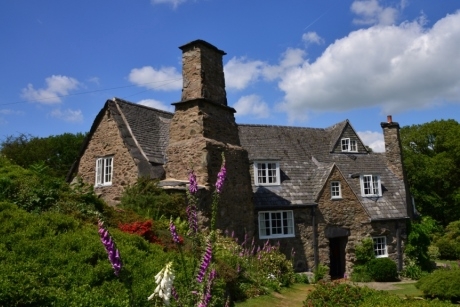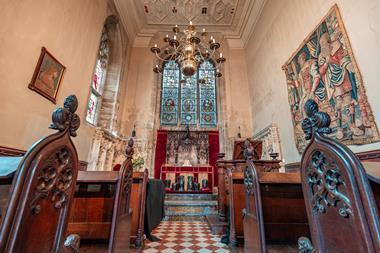A new trail taking in iconic architecture has been developed to mark the history of the Arts and Crafts Movement in Leicestershire.

Leicester-born architect and designer, Ernest Gimson, was reportedly one of the leading artists in the Arts and Crafts Movement style and together with family members and colleagues, was responsible for some of the iconic architecture in Leicestershire.
Buildings of note include Abbey Pumping Station, Leicester Town Hall, The Belmont Hotel, New Walk Museum and Art Gallery, Charnwood Museum and Stoneywell Cottage, acquired and re-opened by the National Trust in 2013.
These buildings and more are featured as part of the new themed trail for visitors to the city and county, and are presented in a new guide, produced by Leicestershire Promotions in partnership with Charnwood Borough Council and the National Trust.
The guide provides visitors with highlights of a number of sites and places to visit in Leicestershire, related to the Arts and Crafts Movement.
The free guide will be available from visitor centres, tourist information centres, visitor attractions and museums across the city and county.
Copies can also be downloaded here.
Martin Peters, chief executive of Leicestershire Promotions said: “The Arts and Craft Movement gained an international reputation but has a truly British origin. The opening and subsequent success of Gimson’s Stoneywell Cottage in Charnwood has further raised the profile of the Arts and Crafts Movement locally.
“Consequently, we’ve produced this new guide to provide people with ideas of places to visit to trace the theme of this grand tradition of art and architecture.”
About The Arts and Crafts Movement
The Arts and Crafts Movement was an international ideology in the decorative and fine arts, formed by a group of artists, designers and social campaigners in the late 19th century.
It flourished in Europe and America between 1880 and 1910, focused on a return to well-made, handcrafted goods and is said to have been one of the most important and influential styles of the 20th century.
For further information visit www.goleicestershire.com.












